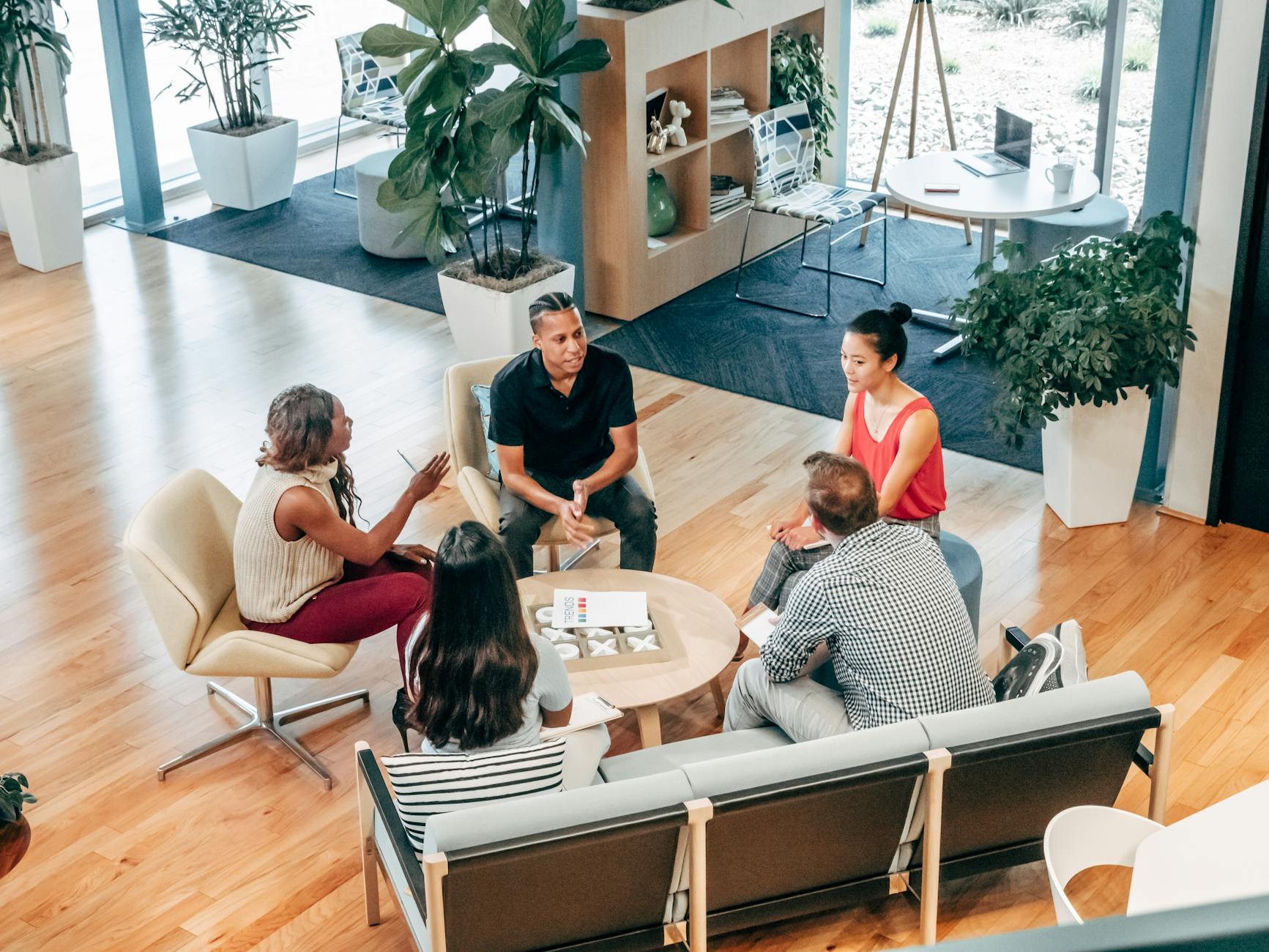In today’s complex health and medical landscape, facts alone are not enough. Medical professionals, patients, educators, and researchers are constantly surrounded by streams of data, specialized language, and rapidly evolving scientific knowledge. The challenge is not only accessing information but also making sense of it. This is where sensemaking becomes essential.
What is Sensemaking?
Sensemaking is the active process of interpreting, organizing, and applying information to create meaning in situations that are uncertain, complex, or overwhelming. In medical and health education, sensemaking allows learners to move beyond memorization of terms and classifications. Instead, it enables them to:
- Recognize patterns in data or symptoms.
- Compare competing frameworks or taxonomies.
- Ask clarifying questions when information conflicts.
- Create shared understanding in teams or communities.
At its core, sensemaking is about bridging knowledge and practice, ensuring that medical information is not just stored but used productively to guide decision-making, collaboration, and innovation.
Examples of Sensemaking Approaches in Health Fields
- Case-Based Learning
- Students and clinicians examine patient cases, apply medical terminology, and debate possible diagnoses.
- Through discussion, they negotiate meaning and refine their problem-solving strategies.
- Clinical Decision Support Tools
- Electronic resources and systems highlight potential drug interactions or evidence-based treatment pathways.
- These tools help practitioners make sense of large amounts of medical data quickly.
- Patient Narratives and Storytelling
- Patients share their lived experiences of illness.
- Clinicians and researchers interpret these narratives alongside biomedical data, creating a fuller picture of disease and care.
- Concept Mapping and Knowledge Visualization
- Learners organize symptoms, risk factors, and other clinical features into spreadsheets, tables, and charts.
- This helps them reconcile and harmonize different classifications, conceptual schemas, and taxonomies as co-creators and co-organizers of medical and health knowledge.
- Interdisciplinary Simulation
- Students in medicine, nursing, and allied health professions collaborate in simulated hospital settings.
- They practice sensemaking together as they navigate incomplete information, time pressures, and interprofessional communication.
Making Classifications and Taxonomies Make Sense
Medicine thrives on structured systems—diagnostic codes, disease classifications, and conceptual schemas. While these tools are critical for research and practice, they can also feel abstract, rigid, or disconnected from lived experience.
Sensemaking approaches are needed to:
- Build robust knowledge by helping learners connect abstract categories to real patient cases and language.
- Encourage productive struggle as students wrestle with uncertainty instead of memorizing facts.
- Enable wayfinding in complex health systems, allowing practitioners to orient themselves within competing models of disease.
- Foster negotiation of meaning, where different interest holders, patients, clinicians, researchers, students, and educators, bring diverse perspectives to create shared understanding.
For example, a medical student studying dermatological conditions must navigate overlapping categories: allergic vs. non-allergic urticaria, acute vs. chronic, autoimmune vs. idiopathic. Sensemaking turns taxonomies into practical tools, showing how they inform diagnosis, treatment, and patient communication.
Advancing Knowledge, Skills, and Critical Thinking
When sensemaking is embedded in medical and health education, it:
- Strengthens critical thinking: Learners practice not just recalling terms but applying them in context.
- Builds problem-solving capacity: Students engage with ambiguity and complexity, preparing for real-world medical challenges.
- Promotes systems thinking: Health problems are understood not in isolation, but in relation to social, cultural, and systemic factors.
- Encourages collaboration: Diverse perspectives from students, patients, clinicians, researchers, and educators enrich the process of interpretation and innovation.
A Collaborative Future in Health Education
Sensemaking transforms medical and health education into communities of inquiry, where meaning is co-created rather than handed down. Patients’ lived experiences become as important as clinicians’ expertise; educators and researchers work alongside students to refine frameworks and strategies.
In this collaborative model:
- Students learn by doing and reflecting.
- Patients contribute experiential knowledge.
- Clinicians bring applied expertise.
- Researchers test and refine conceptual frameworks.
- Educators design spaces for inquiry.
Together, they create medical and health knowledge that is not only rigorous but also adaptable, patient-oriented, and socially accountable.
Conclusion
Sensemaking in medical and health education makes so much sense because it acknowledges that health knowledge is never static. It evolves through negotiation, practice, and shared meaning-making. By engaging in robust knowledge-building, productive struggle, wayfinding, and collaboration, medical/health professionals and learners develop the capacity to navigate complexity with confidence.
In short: sensemaking equips us not just to know, but to live and advance knowledge together.
===
Interested in teaching medical literacy pain free? Shop medical literacy resources!

This article was drafted by ChatGPT and edited by Joan Lee Tu, the founder of MedULingo.com.
You may also be interested in the following:
Sensemaking with Spreadsheets for Medical & Health Professionals
What is Applied Medical Literacy?
Medical Literacy for Older Adults Handbook for Curriculum and Instruction
Strength-Based Language for Medical Educators
Strength-Based Feedback for Writing Assignments: An Assessment for Educators

